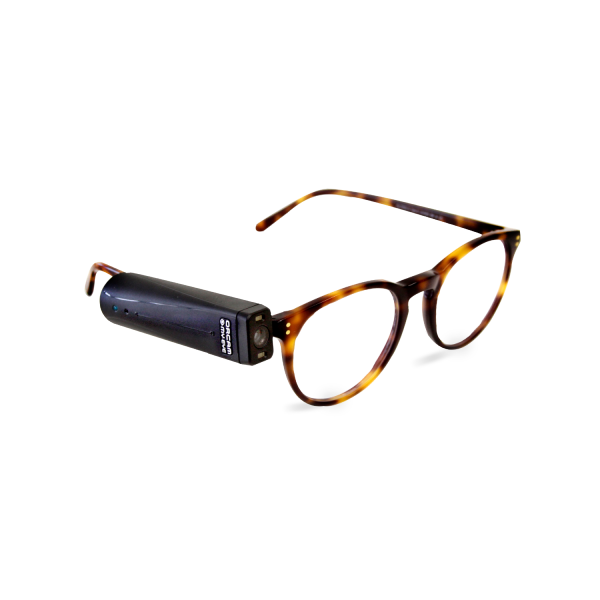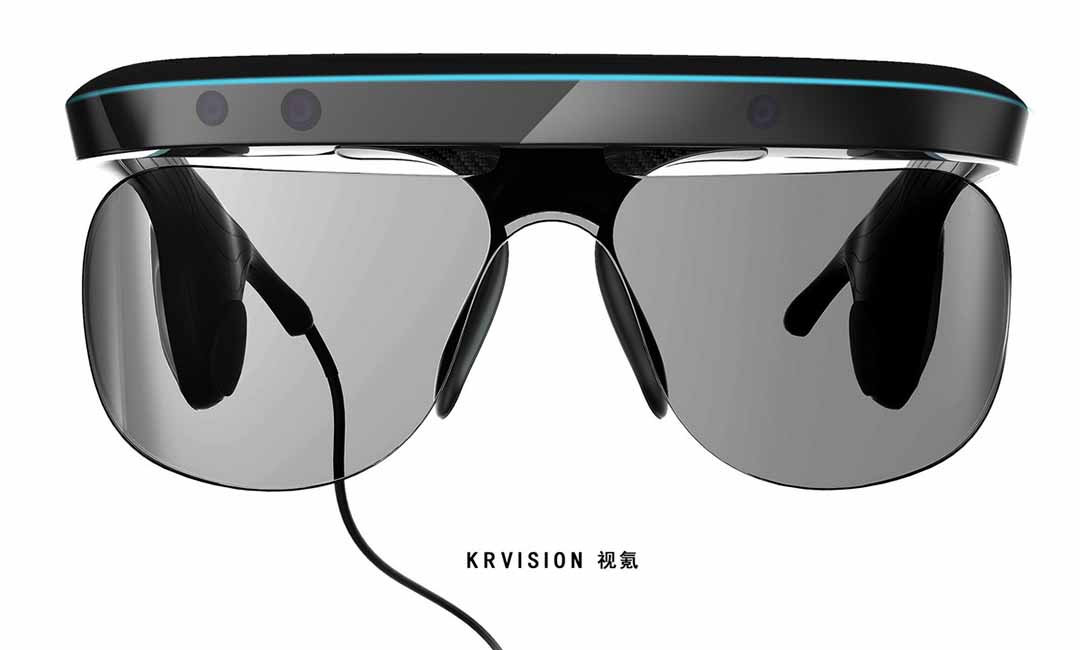Top Braille Displays and Notetakers to Enhance Accessibility for the Blind
Top Braille Displays and Notetakers to Enhance Accessibility for the Blind
Blog Article
Enhancing Ease Of Access Via Assistive Modern Technology for the Blind
The combination of assistive technology for the blind represents an essential advancement in ease of access, fundamentally modifying how individuals browse their settings and involve with culture. From screen visitors to ingenious clever walking sticks, these tools not just boost independence but likewise advertise inclusivity in various rounds of life. As we discover the varied sorts of assistive devices and their substantial effects on everyday living, it becomes vital to examine how recurring technological developments are reshaping the landscape of support for the blind neighborhood. What implications do these advancements hold for the future of availability?
Summary of Assistive Technology
Assistive technology describes a series of gadgets and software designed to boost the abilities of people with disabilities, consisting of those who are visually impaired or blind. This modern technology plays an essential function in advertising independence and boosting the top quality of life for customers. By providing alternate approaches for accessing details and doing daily jobs, assistive technology equips individuals to browse their atmospheres more properly.
The advancement and application of assistive innovation welcome a range of concepts targeted at cultivating accessibility. These concepts include user-centered style, which focuses on the requirements and preferences of the person, and the combination of modern technology into day-to-day activities. Such developments make sure that assistive tools are not just functional yet easy and likewise instinctive to use.
Furthermore, assistive modern technology encompasses a diverse range of solutions, from low-tech alternatives like magnifiers to modern technologies such as screen readers and Braille screens. The recurring development of this area is driven by the demand to address the distinct difficulties faced by people with visual disabilities (Wearable technology for low vision). As modern technology proceeds to development, the possibility for enhancing ease of access and promoting inclusivity stays appealing, inevitably contributing to a more equitable society

Sorts Of Assistive Instruments
Many types of assistive devices are offered to support individuals who are aesthetically damaged or blind, each created to resolve details demands and obstacles. These tools can be generally classified into 3 major kinds: low-tech, mid-tech, and sophisticated remedies.
Low-tech devices include products such as magnifiers, Braille labels, and responsive maps. These are reasonably straightforward devices that improve the individual's capability to communicate with their atmosphere without requiring complex technology.
Mid-tech devices often entail advanced attributes, such as digital magnifiers and portable Braille note-takers. These gadgets can offer capabilities like speech outcome, permitting customers to gain access to details a lot more efficiently.

Effect On Daily Living
The accessibility of various assistive devices significantly enhances the top quality of life for people who are blind or aesthetically impaired, affecting their day-to-day living in profound methods. By incorporating technologies such as screen visitors, Braille shows, and audio description solutions right into their regimens, customers obtain greater autonomy and independence. These devices he has a good point assist in accessibility to details, why not try these out making it possible for individuals to perform daily tasks, such as reviewing emails, navigating public areas, and enjoying media material.
In addition, assistive tools encourage people to engage more totally in social interactions and community activities. The capacity to make use of smart devices equipped with accessibility features permits smooth interaction and link with others. This connectivity promotes a feeling of belonging and lowers sensations of isolation.
In professional setups, assistive modern technology sustains performance by permitting people to total work jobs successfully. Tools like voice acknowledgment software application and specialized zoom devices make it possible for individuals to take part in the labor force on equal ground with their sighted peers.

Improvements in Technology
Recent technical improvements have dramatically changed the landscape of tools readily available for individuals that are blind or visually impaired. The assimilation of expert system (AI) and device learning has actually generated applications that enhance navigating and item acknowledgment. Smart device apps can currently utilize AI to determine and describe surroundings in real-time, supplying users with useful contextual details.
Furthermore, innovations in haptic technology have actually caused the development of wise walking canes equipped with sensors that detect obstacles and provide responsive feedback. This encourages users to navigate their setting with enhanced self-confidence and self-reliance. Furthermore, innovations in text-to-speech software application and braille display screens have enhanced the availability of electronic content, enabling seamless communication with numerous media.
Wearable innovations, such as wise glasses, are likewise making strides in aiding visual problems. As modern technology proceeds to develop, the capacity for even more transformative devices stays on the horizon.
Future Trends and Innovations
As technology rapidly advances, the future of assistive devices for individuals who are blind holds tremendous promise. Advancements in fabricated intelligence (AI) and maker understanding are poised to revolutionize the method blind users next connect with their environments. AI-driven applications are being created to boost object recognition, allowing users to identify and navigate their surroundings with better ease and accuracy.
Furthermore, developments in haptic comments technology are enabling the creation of responsive maps and navigating help that give real-time details via touch. These technologies not just improve movement however also foster independence. Additionally, wearable devices equipped with increased fact (AR) features are emerging, offering customers aesthetic info with audio summaries, therefore bridging the gap in between the physical and digital worlds.
Furthermore, the assimilation of wise home technology provides new opportunities for accessibility, allowing individuals to regulate their living settings via voice commands or mobile phone applications. As collaboration in between technology developers and the blind area proceeds, the focus on user-centered layout will ensure that future innovations are customized to meet the one-of-a-kind requirements of this population (Wearable technology for low vision). The trajectory of assistive innovation assures a much more empowering and comprehensive future for individuals that are blind
Conclusion
In verdict, assistive modern technology plays an important function in boosting availability for individuals with visual disabilities. Constant innovations in technology and user-centered design guarantee that these tools cater successfully to the one-of-a-kind demands of the blind community.
The integration of assistive technology for the blind represents a critical improvement in ease of access, basically modifying just how individuals navigate their environments and engage with society.Assistive technology refers to an array of devices and software developed to improve the abilities of individuals with specials needs, including those who are visually damaged or blind. Wearable technology for low vision.As modern technology swiftly advances, the future of assistive tools for individuals that are blind holds tremendous assurance. The trajectory of assistive innovation guarantees a much more inclusive and empowering future for people that are blind
In final thought, assistive innovation plays an important duty in boosting access for people with visual problems.
Report this page